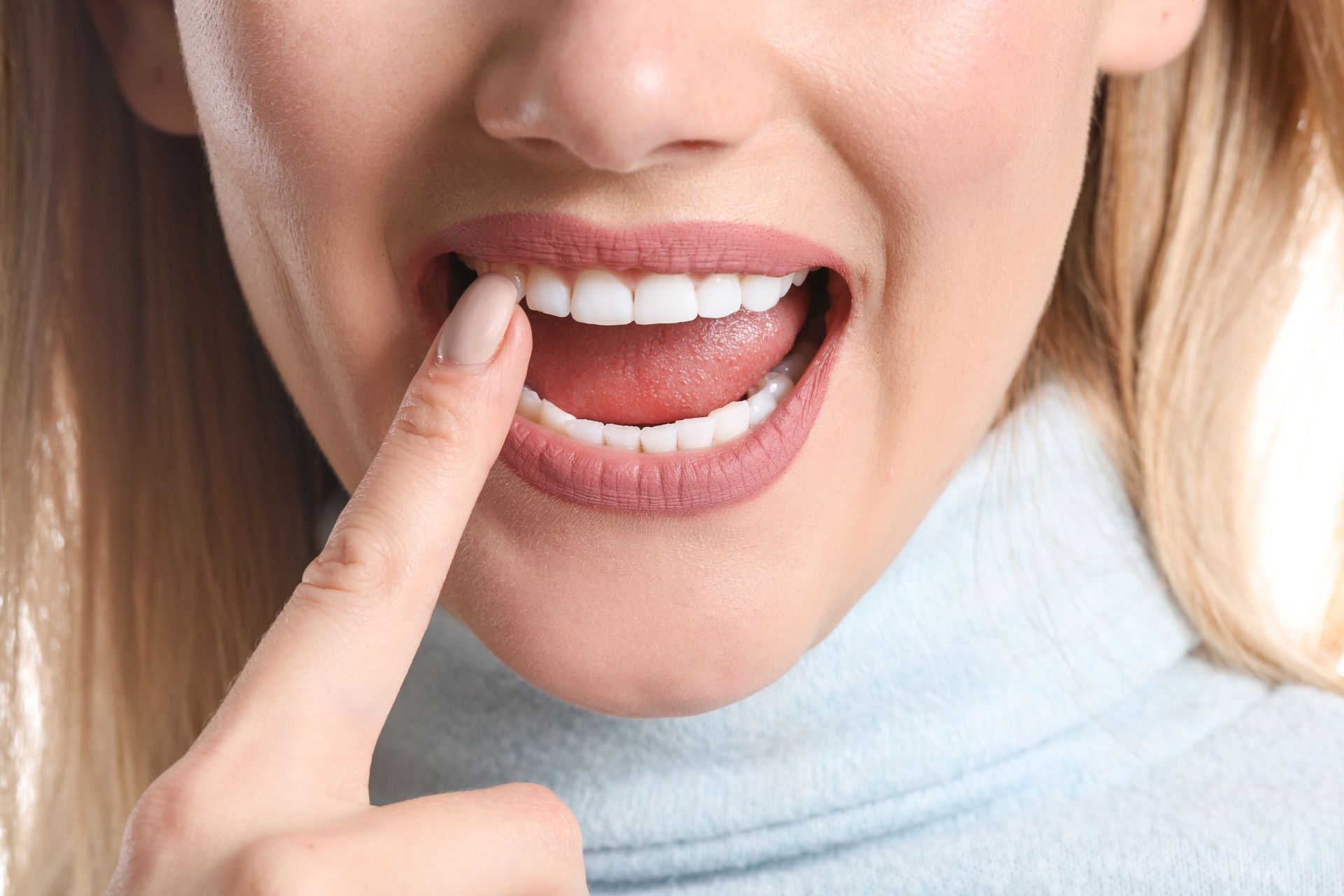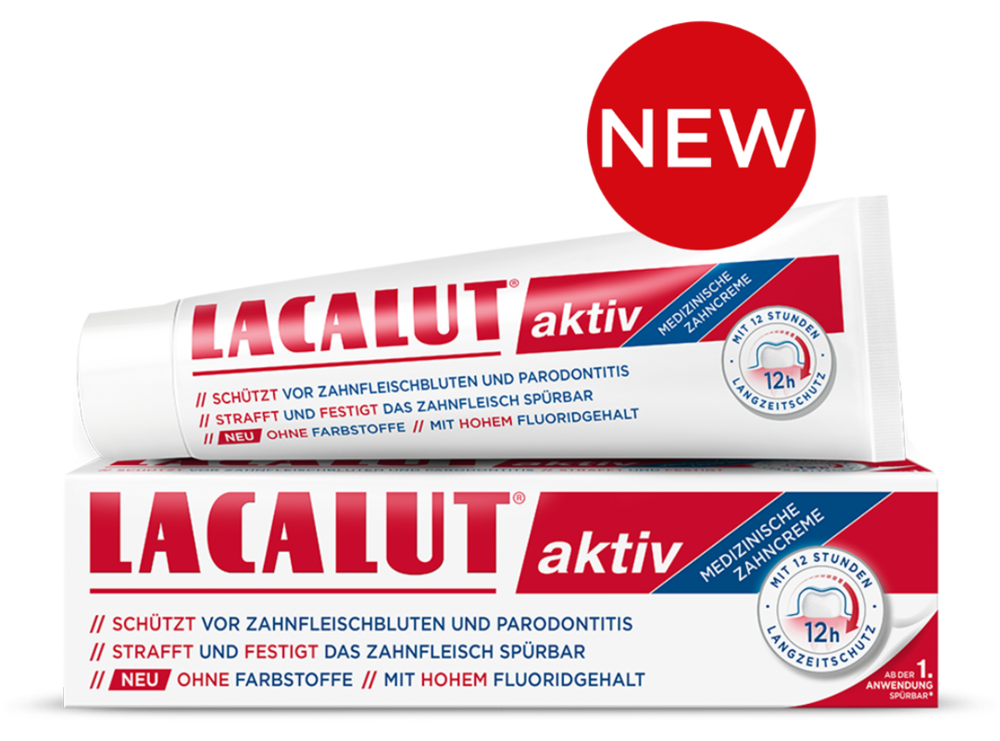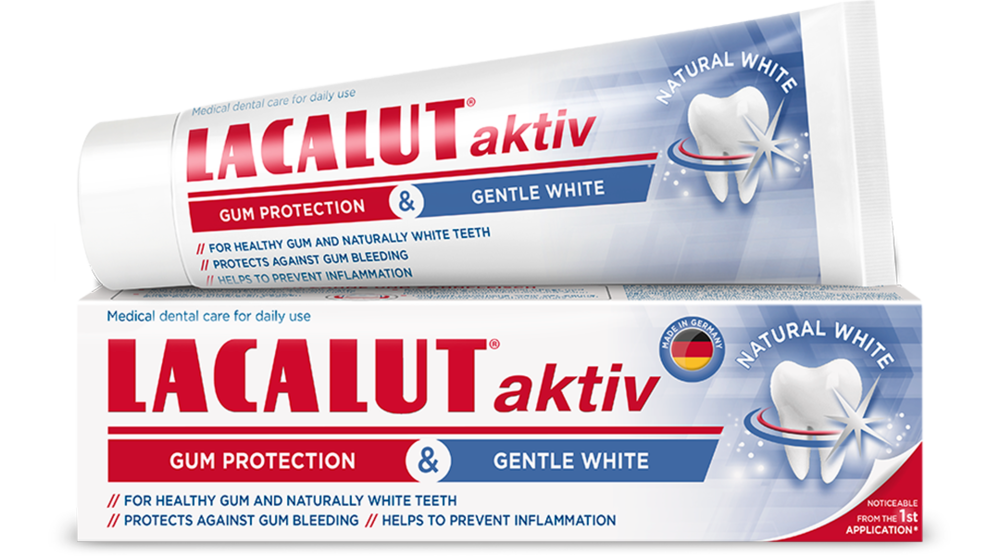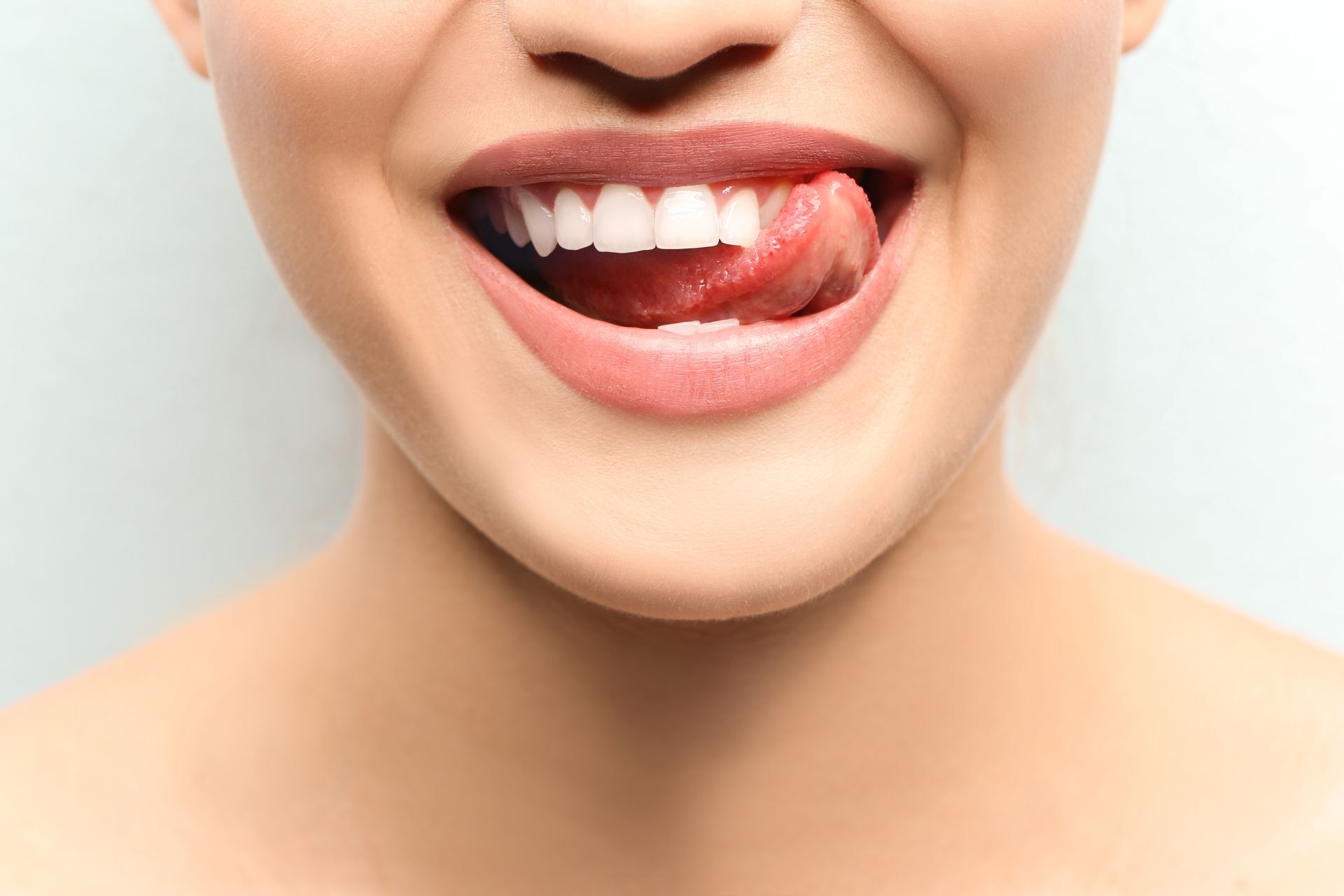Tartar – an unwanted companion
Tartar is the term used to describe solid deposits on the teeth that form over time as a result of the mineralisation of plaque. It is usually yellowish-whitish in colour; in extreme cases it can even be brown to black. Everyone has tartar, it cannot be completely prevented and usually increases with age. As the word tartar suggests, these deposits are very hard and, unlike plaque, cannot be easily removed by cleaning your teeth or rinsing your mouth. You will read why it should be removed regularly in a moment.
How tartar forms
Plaque is the precursor of tartar. Plaque forms on the teeth’s surface every day and can usually be removed easily by brushing your teeth. Plaque that has not been thoroughly removed only hardens after about two days and can then no longer be removed with water and toothpaste alone. The minerals contained in saliva settle in the plaque and cause it to harden. As a result, tartar forms sooner or later, depending on how susceptible a person is to it, even within just a few days. In general, the backs of the tooth necks, gum edges and the spaces between the teeth are particularly affected by tartar, i.e. exactly those areas that receive less attention than others when you are cleaning your teeth.
Different types of tartar
Dentists differentiate between two types of tartar depending on where it is deposited. The most common type is called supragingival calculus. This is found above the gum line, usually on the back of the lower front teeth and on the outside of the upper molars. It is also often found in the places where the saliva exits the large salivary glands, i.e. on the back of the lower incisors and on the molars of the upper jaw. This type of tartar develops relatively quickly. The second type is called the subgingival calculus, which is located in the gingival pockets and is dark brown to black in colouration. Subgingival calculus develops quite slowly but adheres more strongly to the teeth than the supragingival calculus.
Risks: if tartar is left untreated
Although tartar itself is not dangerous, it can have unpleasant consequences for individuals. Tartar that forms on the edge of the gums promotes the inflammation of the gums (gingivitis), which can later lead to the inflammation of the entire tooth system (periodontitis). This in turn can promote tooth decay and thus endanger dental health. On top of that, heavy tartar doesn't make one look particularly well cared for.
Oral hygiene: reducing tartar through preventive care
The best prevention is thorough and regular oral hygiene. That means cleaning your teeth at least twice a day for 2–3 minutes and cleaning them with dental floss and/or interdental brushes at least once a day. In this regard, the cleaning technique and care also count because mere “scrubbing” removes only a small part of the plaque. A fluoridated toothpaste like our LACALUT® aktiv toothpaste is particularly advisable because fluorides, which reach the tooth enamel via the toothpaste, form a kind of protective film on the tooth surface.

The best prevention is thorough and regular oral hygiene. That means cleaning your teeth at least twice a day for 2–3 minutes and cleaning them with dental floss and/or interdental brushes at least once a day. In this regard, the cleaning technique and care also count because mere “scrubbing” removes only a small part of the plaque. A fluoridated toothpaste like our LACALUT® aktiv toothpaste is particularly advisable because fluorides, which reach the tooth enamel via the toothpaste, form a kind of protective film on the tooth surface.
Acids are thereby neutralised directly, and the enamel is hardened and thus becomes less susceptible. Tartar can be minimised in the long term with this very simple and inexpensive preventive measure because where there is no plaque, no tartar can form.
Home remedies against tartar are sometimes questionable
Some websites list home remedies for tartar, but these are not always harmless. The tip to remove tartar with baking soda is commonly found. The crystals it contains are said to remove plaque through rubbing, i.e. like a kind of emery. This process can be extremely irritating and damaging to the gums and tooth enamel and can permanently damage areas that are actually healthy. The situation is similar with regard to using vinegar and lemon juice as a home remedy, as the acid not only tastes unpleasant but it can also attack the enamel.
A harmless household remedy that has been used for centuries is oil pulling, for example using coconut or olive oil. The aim is to increase the saliva production, to bind bacteria and harmful substances and to then spit these out. Regular oil pulling can slow down the plaque formation, and therefore, there will be less material that can turn into tartar.
This how it works:
Put one to two tablespoons of oil into your mouth and draw it through your teeth for around ten minutes. Attention: as this oil/saliva mixture contains many bacteria and germs, it should never be swallowed. Spit it into a piece of kitchen towel and dispose of it with the household waste. Then rinse the mouth with plenty of clear water.
Remove tartar with professional tooth cleaning
At the latest, when hardened areas on the teeth become visible, it is time for a visit to the dentist. Since you cannot remove tartar by yourself, regular routine examinations as well as tooth cleaning are essential. Most health insurance companies cover the costs for professional tooth cleaning (PTC) once a year. The tartar is removed with the help of suitable instruments such as ultrasonic devices or a special chisel. This is usually painless unless the gums surrounding it have already become inflamed and are therefore particularly irritated. We strongly advise against removing tartar on your own because there is a risk of injuring your gums, tooth enamel or oral mucosa.
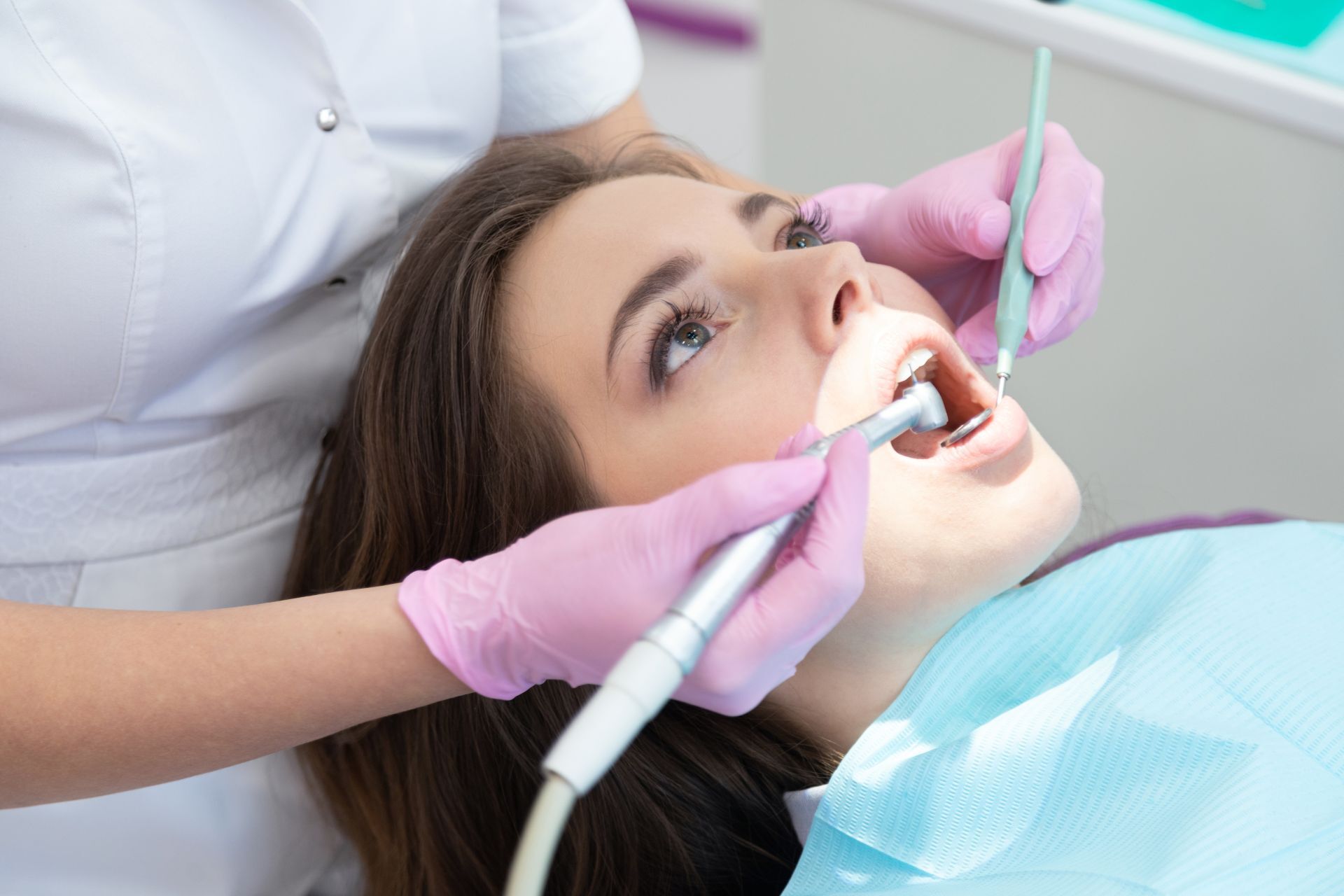
At the latest, when hardened areas on the teeth become visible, it is time for a visit to the dentist. Since you cannot remove tartar by yourself, regular routine examinations as well as tooth cleaning are essential. Most health insurance companies cover the costs for professional tooth cleaning (PTC) once a year. The tartar is removed with the help of suitable instruments such as ultrasonic devices or a special chisel. This is usually painless unless the gums surrounding it have already become inflamed and are therefore particularly irritated. We strongly advise against removing tartar on your own because there is a risk of injuring your gums, tooth enamel or oral mucosa.
Above all, professional tooth cleaning eliminates the symptoms and not the causes. Careful, daily cleaning of the teeth is the most important factor when it comes to minimising tartar in the long term. Therefore: always clean your teeth thoroughly!
